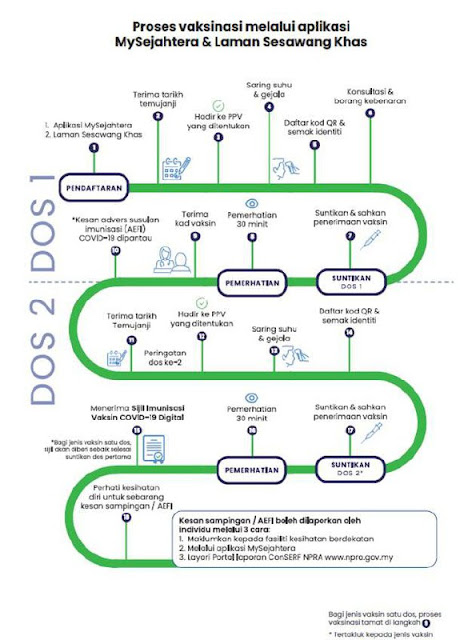Criteria mentioned
 |
| commonly used criteria in ward |
Pneumonia - CURB 65
Confusion, urea>7, RR>30, BP<90/60, >65years old
Stroke risk - CHADS VASC
Risk of bleed - HAS BLED
- HTN, Abnormal renal and liver fx(1 point each), stroke, bleeding, labile INR, Elderly >65, drugs or alcohol
Peritoneal fluid - SAAG (serum to ascites albumin gradient)
serum albumin - albumin in ascitic fluid
Pleural fluid - Light's criteria
LDH/pleural fluid LDH, pleural fluid protein/ serum protein, pleural fluid/ serum LDH
Myocardial infarction - TIMI / KILIP
TIMI: >65yo, >3risk factor of CAD, known CAD(stenosis>50%), ASA used past 7d
KILLIP: I: no congestion sign, II: with S3 basal rales, increase JVPIII: acute pulmonary edema, IV: with cardiogenic shock (bp<90/60, oliguria, cyanosis, impaired mental status)
NYHA: I: no symptoms and no limitations , II: mild symptoms and slight limitation III: significant limitation , comfortable at rest IV: severe limitation, Sx even at rest
PEmbolism Wells score
clinical signs of dvt, no alternate dx, hr>100, immobilise>3d, previous dvt/pe, malignancy, hemoptysis - 7 items
Padua risk assessment:
Liver cirrhosis - Child Pugh score
encephalopathy, INR>2/<1.9, Alb <2.8/>4, TB: >3.5/<1.8
10-15 child pugh C, 6-9 child pugh B, 1-5 child pugh A
GOLD ( COPD staging)
I-early, II-moderate, III-severe, IV-very severe
MMRC ( dyspnea severity)
0-4
Duke's criteria ( diagnose IE)
- 2major and 5 minor
- tp dx: at least 1major 1minor/ 5minor
- 2major: positive blood culture, endocardial involvement: echo positive for IE
-5 minor: fever>38, vascular phenomena, history of IVDU, immunologic phenomena, microbiological evidence
- 1 that rule them all is when Coxiella burnetii or antiphase I IgG antibody titer>1:800
Thyroid storm - Burch Wartofsky point scale
BWPS:>45 - definitive of thyroid storm, 25-44 clinical judgement needed
Mx: PTU 500-1000mg loading, then 250mg 4-6hourly - if cant give MMI 60-80mg/d
Obstructive sleep apnea - STOP-BANG
- snoring, tiredness, observed apnea, high bp, bmi, age>50, neck circumference, male
ICH (mortality rate in ICB)
Intracerebral hemorrhage - GCS, age>80, location, ICH volume>30, intraventricular blood
NIHSS (assessment of stroke severity)
national institute of health stroke scale score: 11 item
Framingham Risk Score (risk of MI)
- Age, HDL, FLP, BP, DM, smoker,
qSOFA (quick septic shock assessment)
- q sequential organ failure assessment
ABCD2 score ( stroke risk after TIA)

EGSYS (identify cardiac syncope)
- evaluation of guidelines in syncope study
 |
| EGSYS |
9 KPI for stroke patient
 |
| 9 KPI for stroke |



















































